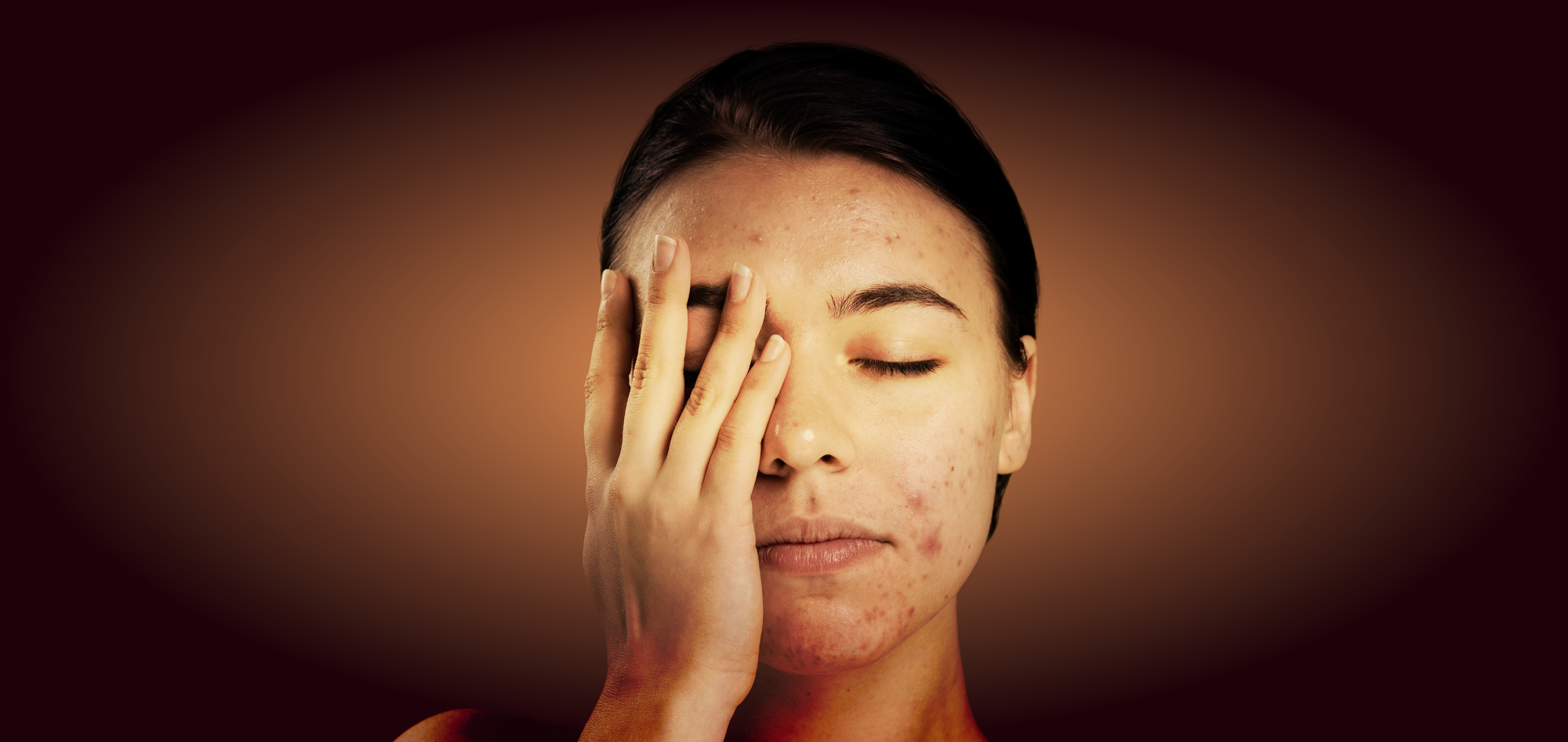
In This Article
Oily skin is a source of frustration for many people. Excess oil production can lead to a shiny complexion, clogged pores, and an increased likelihood of whiteheads, blackheads, and acne breakouts. If you're tired of constantly blotting your face or dealing with unwanted shine, you're not alone. In this article, we'll explore five proven strategies to help you get rid of oily skin and regain control over your complexion.
What Causes Oily Skin?
Before we dive into the solutions, it's important to understand the factors that contribute to oily skin. Oily skin often results from an overproduction of sebum, the skin's natural oil. Several factors can trigger this excess sebum production:
- Genetics: Your genetics play a significant role in determining your skin type. If your parents had oily skin, you're more likely to inherit it as well.
- Hormones: Fluctuations in hormone levels, such as those that occur during puberty, menstruation, pregnancy, or menopause, can lead to increased sebum production.
- Diet: Consuming a diet rich in processed foods, sugary snacks, alcohol, and high-glycemic-index foods can make oily skin worse.
- Skincare Products: Using harsh or inappropriate skincare products can strip the skin of its natural oils, prompting it to produce even more sebum in response.
- Environmental Factors: Humid and hot weather, smoke, and pollution can stimulate oil glands, making your skin appear shinier.
Now that we have a better understanding of what causes oily skin, let's explore five effective ways to get rid of oily skin
1. Choose the Right Cleanser
The first step in managing oily skin is selecting the right cleanser. Opt for a gentle, sulfate-free cleanser specifically designed for oily or acne-prone skin. Here's how to choose the best one:
- Look for ingredients like salicylic acid or glycolic acid, which can help exfoliate the skin and reduce oiliness.
- Avoid cleansers that are too harsh or drying, as they can strip your skin of its natural oils, leading to rebound oil production.
- Use a cleanser twice a day, in the morning and evening, to keep your skin clean and prevent excess oil buildup.
2. Incorporate an Exfoliator
Using an exfoliator in your skincare routine can help balance the skin and control excess oil production. Look for an exfoliator that contains ingredients like salicylic acid, green tea extract, willow bark extract, niacinamide, or tea tree oil, which are known for their astringent and oil-reducing properties.
Here's how to incorporate an exfoliator into your routine:
- After cleansing your face, apply a small amount of exfoliator to a cotton pad or your fingertips.
- Gently pat the exfoliator onto your skin, paying extra attention to oily areas like the T-zone (forehead, nose, and chin).
- Avoid exfoliators that contain alcohol (ethanol), as they can be too harsh and may worsen oily skin.
3. Don't Skip Moisturizer
Many people with oily skin make the mistake of skipping moisturizer, thinking it will make their skin even oilier. However, moisturizing is crucial for all skin types, including oily skin. The key is to choose a lightweight or gel-based moisturizer.
Here's why moisturizer is essential:
- It helps maintain your skin's natural moisture barrier, preventing excessive oil production as a compensatory mechanism.
- Skipping moisturizer can lead to dehydrated skin, which may produce even more oil to compensate.
- Look for moisturizers with hydrating ingredients like aloe vera, hyaluronic acid, and glycerin.
4. Use Oil-Absorbing Products
To combat midday shine and keep your skin matte, consider using oil-absorbing products. These products are designed to absorb excess oil without clogging your pores or disrupting your makeup. Some effective options include oil-absorbing sheets or blotting papers, which you can conveniently carry in your purse or pocket.
How to use oil-absorbing products:
- Gently press the blotting paper onto shiny areas of your face, focusing on the forehead, nose, and chin.
- Avoid rubbing or dragging the paper across your skin, as this can irritate it.
- Discard the used sheet and enjoy a refreshed, matte complexion.
5. Treat Yourself to Clay Masks
Clay masks are excellent for oily skin, as they help draw out impurities, absorb excess oil, and tighten pores. You can use a clay mask once or twice a week as part of your skincare routine. This is also a great way to unwind and reduce stress at the end of the day.
Here's how to use a clay mask effectively:
- Apply a thin, even layer of the clay mask to clean, dry skin.
- Let it sit for the recommended time (usually 10-15 minutes) or until it dries completely.
- Rinse off the mask with lukewarm water, pat your skin dry, and follow up with a moisturizer.
Frankie for Acne

The Frankie for Acne 3-step system was specifically formulated to address oily/acne-prone skin concerns. With Frankie for Acne you can control excess oil production, clear away pore-clogging dirt and dead cells, soothe irritated skin and enjoy a more clear & balanced complexion. Remember that consistency is key, so stick to your skincare routine, and over time, you'll notice a significant improvement in your skin's texture and appearance.
Disclaimer: Content found on www.fpskin.com, including text, images, audio, or other formats were created for informational purposes only. The Content is not intended to be a substitute for professional medical advice, diagnosis, or treatment. Always seek the advice of your physician or another qualified health provider with any questions you may have regarding a medical condition. Never disregard professional medical advice or delay in seeking it because of something you have read on this website or blog.

Comments (0)
Back to Blog